Bengal wrote: Fri Nov 21, 2025 10:01 am
Kevin M wrote: Thu Nov 20, 2025 7:46 pm
<snip>Since you like spreadsheets, you might want to take a look at this, which is a Google Sheets spreadsheet that I’ve shared with anyone who has the link. This particular link takes you to the FidoTIPS sheet, which includes TIPS quotes downloaded from Fidelity, and some additional calculations in columns to the right.
<snip>
The table shows the unadjusted price and the adjusted price. What one do I actually pay when buying the bond? And which one is used to calculate yield?
I answered the first question in the post you quoted:
Note that this rounds to 163.474299, so slightly off from the 163.474298 Fidelity shows, which probably is due to Fidelity using more digits in the ask price than shown in the download.This would be the price you’d pay for $100 of unadjusted face value, but since brokers trade bonds in increments of $1K face value, we can move the decimal point one place to the left to get the adjusted price for one bond, so $1,634.74.
Since you said you like spreadsheets, I assumed that you’d look at the formulas in the spreadsheet I shared–at least the ones relevant to your questions. Look at the formula in cell S2, which as I said uses YIELD to calculate the yield to maturity, and note that the fourth parameter, price, references cell I2, Price ask, which as I explained is the unadjusted price.
Bengal wrote: Fri Nov 21, 2025 10:01 amIf I buy quantity 1 of the TIPS in the first row, do I pay $1,634.74 now? If I only want to preserve 1K in today’s dollars, that seems like a large premium to pay to hold until January 2026.
Yes, that’s what you’d pay, excluding accrued interest, which you get back with your first interest payment. You are not preserving $1K, you are preserving $1,634.74 in inflation-indexed value.
Bengal wrote: Fri Nov 21, 2025 10:01 amWhen it matures, am I guaranteed to get at least that much back plus the 2.12% yield?
You are guaranteed the greater of the par amount or the inflation-adjusted principal. The first part would only be applicable if there was enough deflation (negative inflation between purchase and maturity to completely wipe out the accumulated inflation adjustments between the dated date and purchase date.
What you are guaranteed are inflation-adjusted interest payments and a payment of inflation-adjusted principal at maturity. The real yield of 2.12%, or whatever, is based on the unadjusted price and the (real) coupon payments. Again, if you look at the YIELD formula that I referenced, you’ll see that the coupon rate in the formula is the stated interest rate, which is the rate before any inflation adjustments.
As a simple example, say we could buy a TIPS at par (unadjusted price = 100), which means that coupon = yield, at a yield and coupon of 2%. This would be close to what you’d get if you bought a new issue at auction at a positive yield, and the index ratio would be close to 1, so the adjusted price would be close to the unadjusted price. So you’d pay $1K for one TIPS at a broker (TreasuryDirect sells in increments of 100 unadjusted face value). If there were no inflation, you’d receive semi-annual coupon payments of $10 (2% / 2 * $1,000), so $20 per year, and you’d receive $1,000 of principal at maturity. So with no inflation, your nominal return would be the same as a nominal bond with a 2% yield.
The only thing different about TIPS is that the coupon payments and principal payment at maturity are multiplied by the index ratios on the payment dates. In the scenario above (no inflation), the index ratio would be 1.00000 on each of those dates. In a more realistic scenario, the IR would be > 1, so the nominal amounts paid would be greater. If there was a historically unprecedented deflation between purchase and maturity, the index ratio would be < 1, but you’d still get back your $1K, since that’s the floor set by the regulations.
Now let’s assume you bought the TIPS on the secondary market with an index ratio of 1.50000, but let’s still assume that you buy at par, so price = 100 and coupon = yield = 2%. For one bond the unadjusted price is 100 and the adjusted price is 150, so you’d pay $1,500 for one TIPS. If there were no inflation, your coupon payments would be $15 (2% / 2 * 1,000 * 1.5000), for a total of $30 per year ($30 / $1000 = 2%), and you’d receive $1,500 at maturity. Again, with no inflation, your nominal return would be the same as for a nominal Treasury.
Again, your nominal return probably will be higher, because inflation probably will be positive between purchase and maturity. Since we don’t know what inflation will be, we don’t know the nominal return, but the real return will be 2% regardless. If inflation average 2.5% for the holding period, your nominal return would be about 4.5%.
Bengal wrote: Fri Nov 21, 2025 10:01 amIf the yield calc uses the unadjusted buy price of 99.48 and the yield calc uses the sell price of par of 100 (not sure if these are correct), then how do I get this yield if my actual buy price is 163.474?
Hopefully the example above clarifies.
Is the yield shown in column R/S the “real yield”? If so, why is the real yield the highest for the shortest duration TIPS and goes down for later/longer maturities? Shouldn’t there be a term premium? Does this mean the TIPS real yield curve is inverted?[/quote]There are two factors at play here. First, real yields of very short-term TIPS don’t have much meaning, because the inflation adjustments are known until the last know ref CPI, so TIPS trade to be competitive with nominal Treasuries. Second, there are seasonality impact on the real yield, and one must adjust for this for more accurate comparisons of TIPS with similar maturities.
Because no CPI numbers have been released for Oct, we don’t yet know the ref CPI for Jan 1 as we normally would by now, but we do know it for Dec 1, so there is only 1.5 months left for inflation adjustments to impact TIPS maturing 1/15/2026. TIPS traders can better estimate inflation for a couple of months into the future than for several years into the future, and they can apply these estimates to estimate the nominal return, which they then compare to the nominal return of a nominal Treasury.
Seasonality is a more advanced topic, but here is the short end of the TIPS yield curve showing quoted and seasonally adjusted (SA) yields, as well as yields with an additional “outlier factor” applied (SAO):
Look at the FidoSAO tab in the spreadsheet to see the calculations for seasonality and outlier factors.
The sawtooth pattern in the blue line (quoted ask yields) is due to the seasonality affect. The red line adjusts for seasonality, and you can see that it greatly smooths the curve. I apply an empirical outlier adjustment to further smooth the curve when I know of no other explanation for the remaining jaggedness.
We also see how crazy high the quoted ask yield is for the Jan 2026 issues (I’ve truncated the vertical axis so we see more resolution), but because of the soon-to-mature effect, the seasonal adjustment results in a crazy low value (0.14%). I apply the outlier factor adjustment here to smooth the curve, but I don’t place any real credence on any of these very short-term yields.
Bengal wrote: Fri Nov 21, 2025 10:01 amI’ve read a lot of references that inflation-adjusted principal is what matters, but I’m not seeing that term anywhere in the spreadsheet snippet. Is that an important parameter?
Yes, it’s important. Fidelity doesn’t use the term in it’s TIPS search results download because we don’t need to know it to buy or sell TIPS. The inflation adjusted principal is the index ratio (inflation factor) times the unadjusted par/face value ($1,000 per TIPS at a broker). It come into play in calculating the coupon payments, which you see in the math I’ve already shown.


![Re: [Trying to Understand TIPS – Help Requested] Re: [Trying to Understand TIPS – Help Requested]](https://i2.wp.com/i.postimg.cc/Qd9yL5mf/image.png?w=696&resize=696,0&ssl=1)
